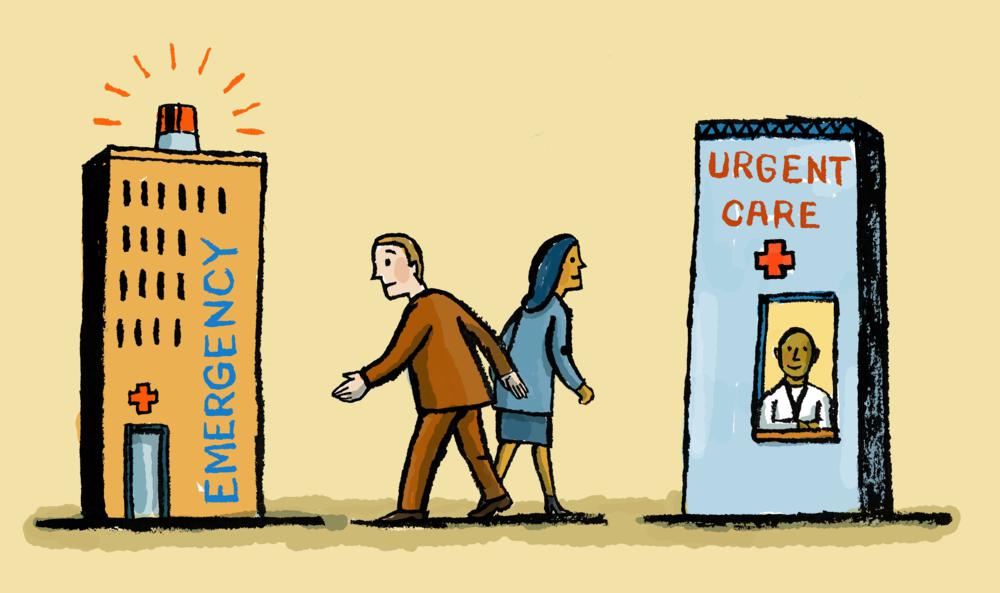How to Best Reach a Digital-Savvy Workforce
According to a recent Gallup poll, little progress is being made by U.S. companies hoping to improve employee engagement levels. In 2015, 32 percent of employees were classified as “engaged,” based on a number of measures such as believing their opinions count at work and having the opportunity to do what they do best every day. This figure represents only a 0.5 percent increase over 2014.
The majority of workers, 50.8 percent, were classified as “not engaged,” while an alarming 17.2 percent were classified as “actively disengaged.”
















